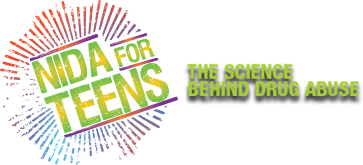Student Activity
Drug abusers take stimulants to get a rush of intense feelings they call a “high.” But stimulants do more than affect a person’s mood. As with all drugs of abuse, they also act on many parts of the body and brain—and can do damage.
Doctors in hospital emergency rooms see these effects when people who overdose on drugs are rushed in for medical treatment.
One doctor needs help writing the final copy of his report on a patient who came to the emergency room. The doctor’s diagnosis: stimulant abuse. Help him by providing the correct adjectives. Choose from the list below.
Diagnosis: Danger!
Patient X appeared in the emergency room at 10 p.m. complaining of chest pains, anxiety, and twitching muscles. Upon examination, the patient had a ________ pulse rate, meaning that his heart was beating abnormally _______. The patient’s heart rhythm was not steady; it was _________. The patient’s blood pressure was also ______ normal. He complained that it was _______ to breathe deeply. We are concerned that the patient’s blood vessels are constricted or ____________. These conditions could lead to a heart attack.
The nurses found the patient to be abnormally afraid or ____________. He seemed restless and complained about little things; he was _____________. The patient kept saying he heard strange sounds but the staff heard nothing; we concluded that they were ______________.
Finally, the patient admitted that he had abused methamphetamine, a _________ drug. He says he was craving more. We admitted him overnight for observation. He will start treatment for ______ addiction tomorrow.
paranoid
hallucinations
stimulant
high
above
drug
fast
narrowed
hard
irregular
irritable
Answer Key:
These answers are in the correct order.
high
fast
irregular
above
hard
narrowed
paranoid
irritable
hallucinations
stimulant
drug




